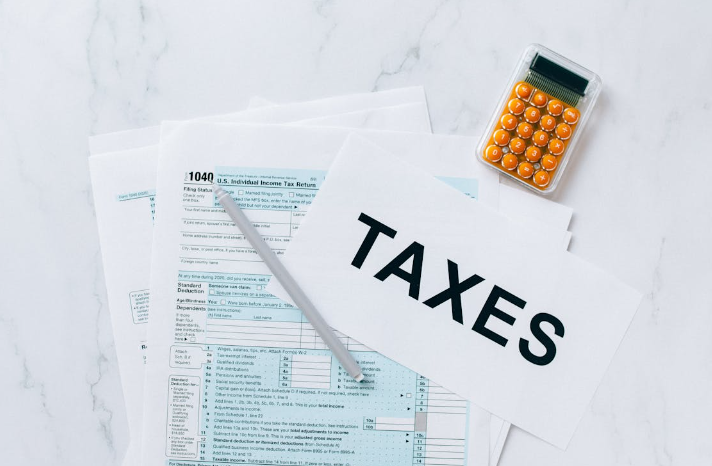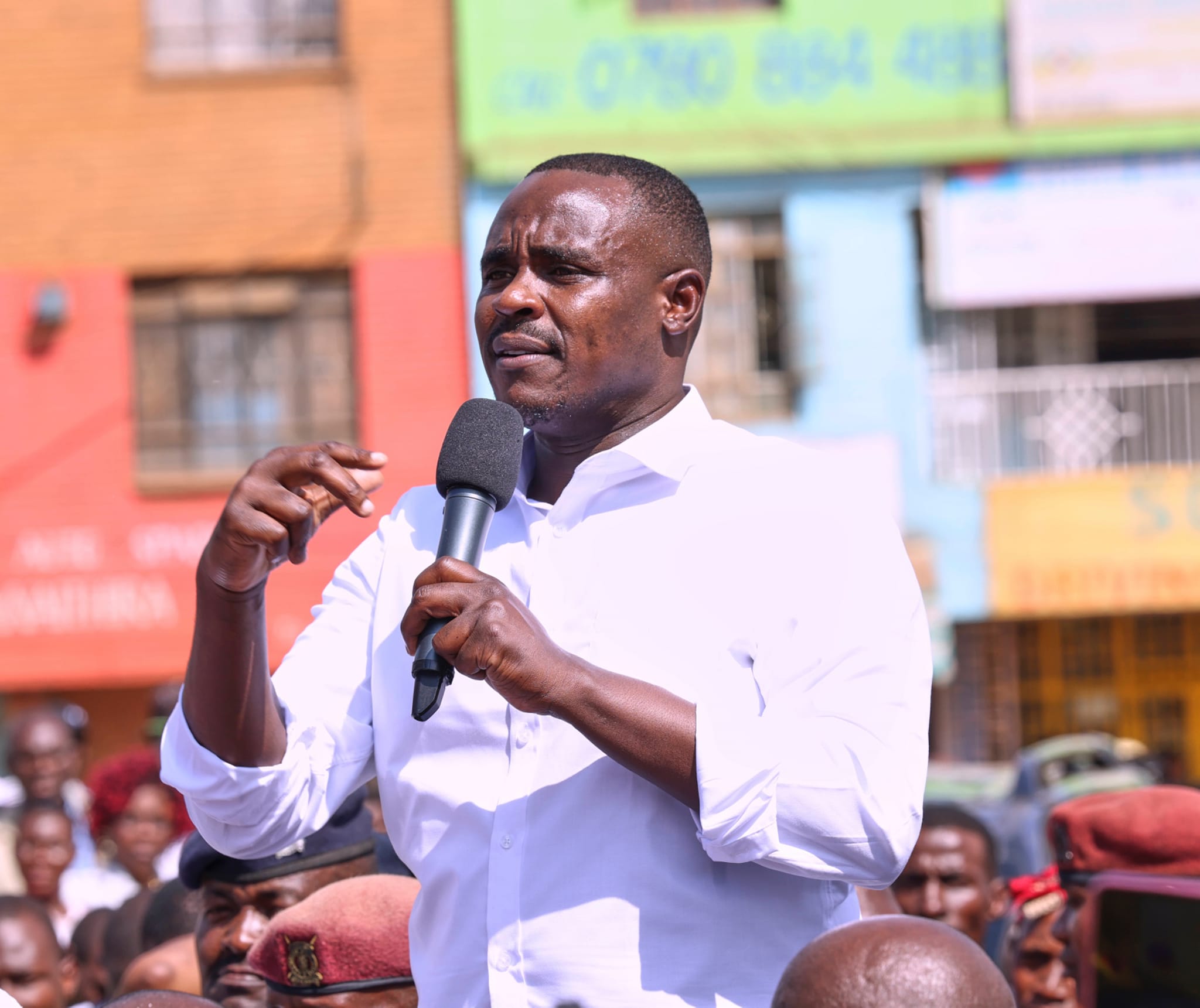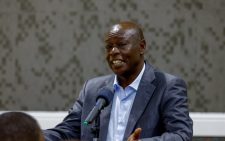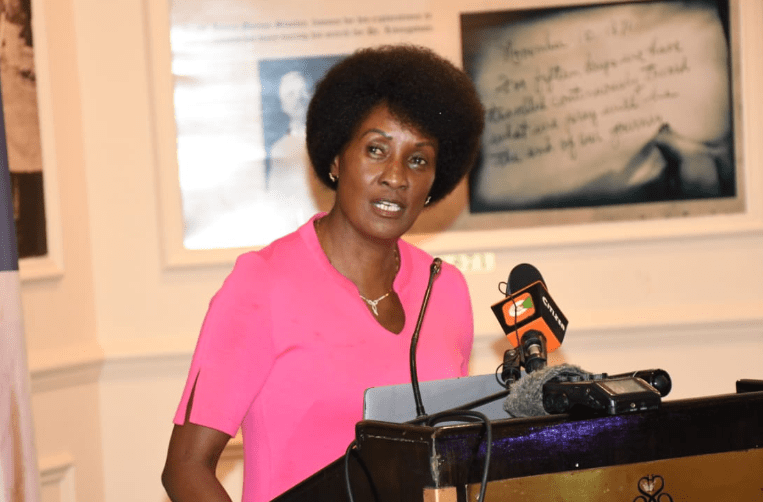Time ripe for ‘third liberation’ struggle
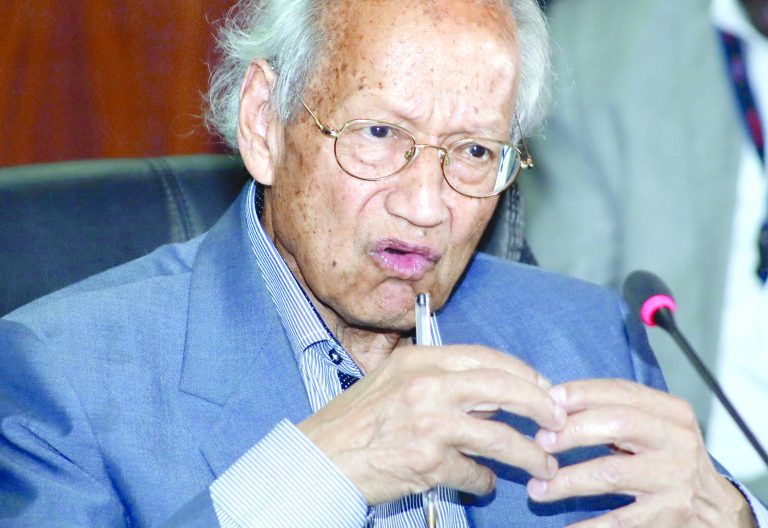
Kenya’s hard-won independence was achieved through relentless struggle against oppression, exploitation and injustices perpetrated by the colonialists.
Ironically, the new independence government acquired some bad habits from the colonialists, usurping the new constitutional order to politically oppress and economically exploit citizens.
It took another struggle resembling the fight against colonialism minus its armed wing to fight this “neo-colonialism” for a new constitutional order after the first liberation struggle.
A new breed of “freedom fighters” emerged at this stage championed by political activists, sharp legal minds and a vibrant mainstream media to drag the totalitarian regime to the negotiating table.
That second liberation struggle gave birth to the Constitution of Kenya Review Commission (CKRC) and the Bomas Draft that its chairman, eminent Kenyan constitutional law expert Prof Yash Pal Ghai described as the best constitution Kenyans never had.
In his words, the Constitution adopted just before independence was nibbled away at by successive governments and chewed up, immediately after the 12 December 1963 celebrations.
As Presidents Jomo Kenyatta and Daniel arap Moi took more and more powers to themselves, weakening the Judiciary, political parties, the rule of law, rights, and the people, they amended the Constitution to enshrine their changes.
So, when opposition to Moi’s type of autocratic and cruel rule swelled in the 1980s and 1990s, it often took the form of demands for a new Constitution. Moi invited Ghai to head CKRC, opening a Pandora’s box.
CKRC produced a draft in September 2002, debated by the National Constitutional Conference at the Bomas of Kenya – the most representative body of Kenyans ever assembled.
Had the process turned out differently, we would now be marking the 21st anniversary of the Bomas Draft, rather than the 15th anniversary of the 2010 Constitution.
Nearly 75 percent of Kenyans are under 35. The oldest would have been about 14 at the time the Bomas Draft would have become Kenya’s constitution, so Bomas is a mystery to them.
The Bomas conference adopted a draft different from the CKRC one of April 2004. It had been cannibalised at the behest of the Executive and the Legislature, resentful and uncomprehending at the undermining of its status quo by “stupid” Wanjiku.
When the CKRC earlier invited ordinary wananchi to share their views without the presence of politicians and the provincial administration, they gave a remarkable list that resonates today, not far off from the Gen Z demands:
A decent life with satisfaction of the fundamental needs of food, water, clothing, shelter, security and education, justice for past wrongs, especially on land, MPs who work hard, respect us and our views, and an end to corruption.
They also demanded police who respect citizens, women to have equal rights and gender equity and accessible institutions to ensure accountability. Sounds familiar?
Perhaps it is time for a review of the Constitution – Bomas-style, minus politicians and bureaucrats. That will require the “third liberation struggle”.
The writer comments on constitutional affairs; albertoleny@gmail.com


